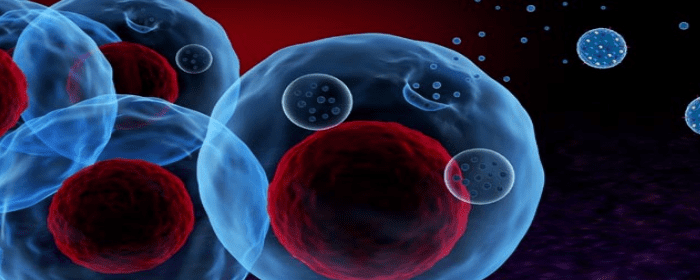Odds are, you or someone you know has osteoarthritis—it is that common. Osteoarthritis is a chronic inflammation and destruction of one or more joints. Osteoarthritis is the kind of arthritis most people think of when they think of “arthritis.” The disease usually causes joint pain, stiffness, and limited joint motion. Common sites of osteoarthritis are the hands, knees, feet, spine, and hips.
Unlike rheumatoid arthritis, there are few good treatments for osteoarthritis. Most people with advanced disease must take analgesics (painkillers) each day to dull the pain. Unfortunately, each painkiller comes with its own problems. Aspirin increases the risk of bleeding. NSAIDs like ibuprofen wreak havoc on the gastrointestinal system and affect the kidneys. Chronic acetaminophen can be harmful to the liver. Opioids come with the risk of dependence and addiction. The only definitive treatment for osteoarthritis is surgery, which is expensive and usually requires a long recovery period.
Mesenchymal stem cells, also known as stromal cells, have shown remarkable promise in the treatment of osteoarthritis. For example, mesenchymal stem cells taken from bone marrow or fat tissue (adipose) that are then injected into joints can protect the joint from degeneration and slow the progression of osteoarthritis. However, there are some limitations with stem cell treatment. One issue is that only so many cells can be injected in a space at once. For these reasons, scientists have pivoted some of their focus from stem cells to the tiny packets of information stem cells release called exosomes.
Exosomes contain millions of beneficial molecules including small proteins, cytokines, RNA, microRNA, and DNA. One stem cell can release thousands of exosomes. Since the exosomes are so small, many more exosomes can be collected and injected than stem cells themselves.
Researchers recently showed that exosomes collected from mesenchymal stem cells were able to provide the same benefits against osteoarthritis in mice as bone marrow stem cells did themselves. Stem cells slowed down the clinical signs of arthritis in mice just as whole stem cells did. Exosomes also protected cartilage and other joint structures from destruction.
This research demonstrates the developing science to use exosomes to treat osteoarthritis instead of the stem cells themselves. This gives doctors (and patients) considerably more flexibility in how they approach treatment. Exosomes tend to find their way to sites of disease, meaning they may be able to be injected into a vein instead of injected in the diseased joint. In addition, patients may be able to receive a higher “dose” of exosomes when simply purified exosomes are injected. This exciting research will need to be extended to humans, but clinical trials are in the planning phase.
Reference: Cosenza, S., Ruiz, M., Toupet, K. et al. Mesenchymal stem cells derived exosomes and microparticles protect cartilage and bone from degradation in osteoarthritis. Sci Rep 7, 16214 (2017).


 St. Petersburg, Florida
St. Petersburg, Florida
